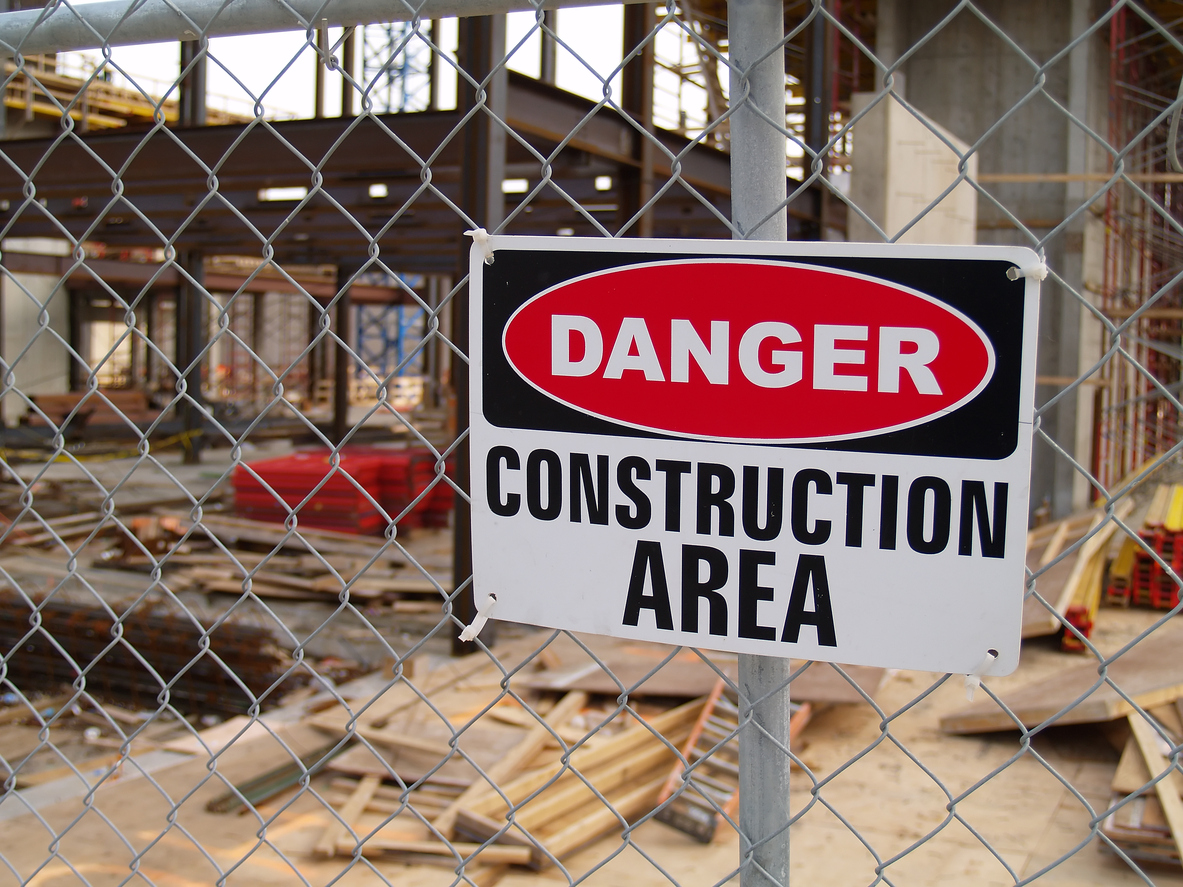
NAVIGATING WORK SITE HAZARDS
Key Safety Practices for a Secure Workplace
Ensuring safety on work sites is essential for protecting employees and maintaining productivity. Whether you’re in construction, manufacturing, or any other industry, each work site presents unique challenges and hazards. Understanding these risks and implementing effective safety measures can make a significant difference in creating a safer work environment.
Slips, Trips, and Falls are among the most common hazards on work sites, affecting everything from construction zones to office buildings. Uneven surfaces, wet floors, and cluttered walkways can lead to accidents that cause serious injuries. To combat these risks, it’s crucial to maintain a clean and organized work environment. Address spills immediately, keep walkways clear of obstacles, and use non-slip flooring in high-risk areas. Regular training for employees on how to navigate these hazards safely can also prevent many of these incidents.
Hazardous Materials are another significant concern, especially in industrial and construction settings. Materials like chemicals, asbestos, or heavy metals can pose serious health risks if not handled properly. Ensure that all hazardous materials are accompanied by Safety Data Sheets (SDS) and that employees are well-versed in their safe handling. Store these materials in secure, clearly labeled areas and provide personal protective equipment (PPE) such as gloves and masks to minimize exposure.
The use of Heavy Machinery and Equipment is a common sight on many work sites, but it also introduces substantial risks. Accidents involving machinery can result in severe injuries or fatalities. To mitigate these risks, ensure that all operators are properly trained and certified for the equipment they use. Regular maintenance and inspections of machinery are crucial to prevent malfunctions. Implementing safety protocols, including the use of spotters and clear communication, can further enhance safety around heavy equipment.
Electrical Hazards can arise on almost any work site, with faulty wiring, exposed cables, and improper use of electrical equipment posing significant risks. Regular inspections by qualified electricians can help identify and rectify potential issues. Additionally, providing training on safe electrical practices and ensuring the use of appropriate PPE when working with electrical components are essential measures to prevent accidents and injuries.

Ergonomic Risks are often overlooked but can have serious long-term effects. Repetitive strain injuries and musculoskeletal disorders can result from improper workstation setups or repetitive tasks. Conducting ergonomic assessments to design workstations that reduce strain is a proactive step. Encouraging regular breaks and stretching, along with providing adjustable equipment, can help mitigate these risks and improve overall worker comfort.
Fire Hazards are a major concern, particularly in environments dealing with flammable materials or processes. Comprehensive fire safety training is essential, including knowledge of how to use fire extinguishers and follow emergency evacuation procedures. Implementing fire prevention measures, such as proper storage of flammable materials and maintaining electrical systems, along with having a well-practiced fire evacuation plan, can significantly reduce the risk of fire-related incidents.
Noise-Induced Risks are prevalent in many work environments, particularly where loud machinery or equipment is used. Prolonged exposure to high noise levels can lead to hearing loss and other health issues. Providing hearing protection, regularly monitoring noise levels, and offering regular hearing checks are critical steps in managing noise-related risks. Reducing noise levels where possible and ensuring employees use appropriate protective gear can help protect their hearing health.
Weather-Related Hazards can impact work sites, especially those outdoors. Extreme temperatures, rain, or wind can create dangerous conditions for workers. Monitoring weather forecasts and adjusting work schedules accordingly are essential. Providing appropriate clothing and gear for extreme weather conditions and ensuring access to hydration and rest areas can help protect workers from heat-related illnesses and other weather-related issues.
In summary, recognizing and addressing the various dangers on work sites is key to maintaining a safe and productive work environment. By understanding these risks and implementing effective safety practices, businesses can create a safer workplace, reduce the likelihood of accidents, and ensure the well-being of their employees. Prioritizing safety not only protects workers but also contributes to the overall success and efficiency of the organization.

Sorry, the comment form is closed at this time.